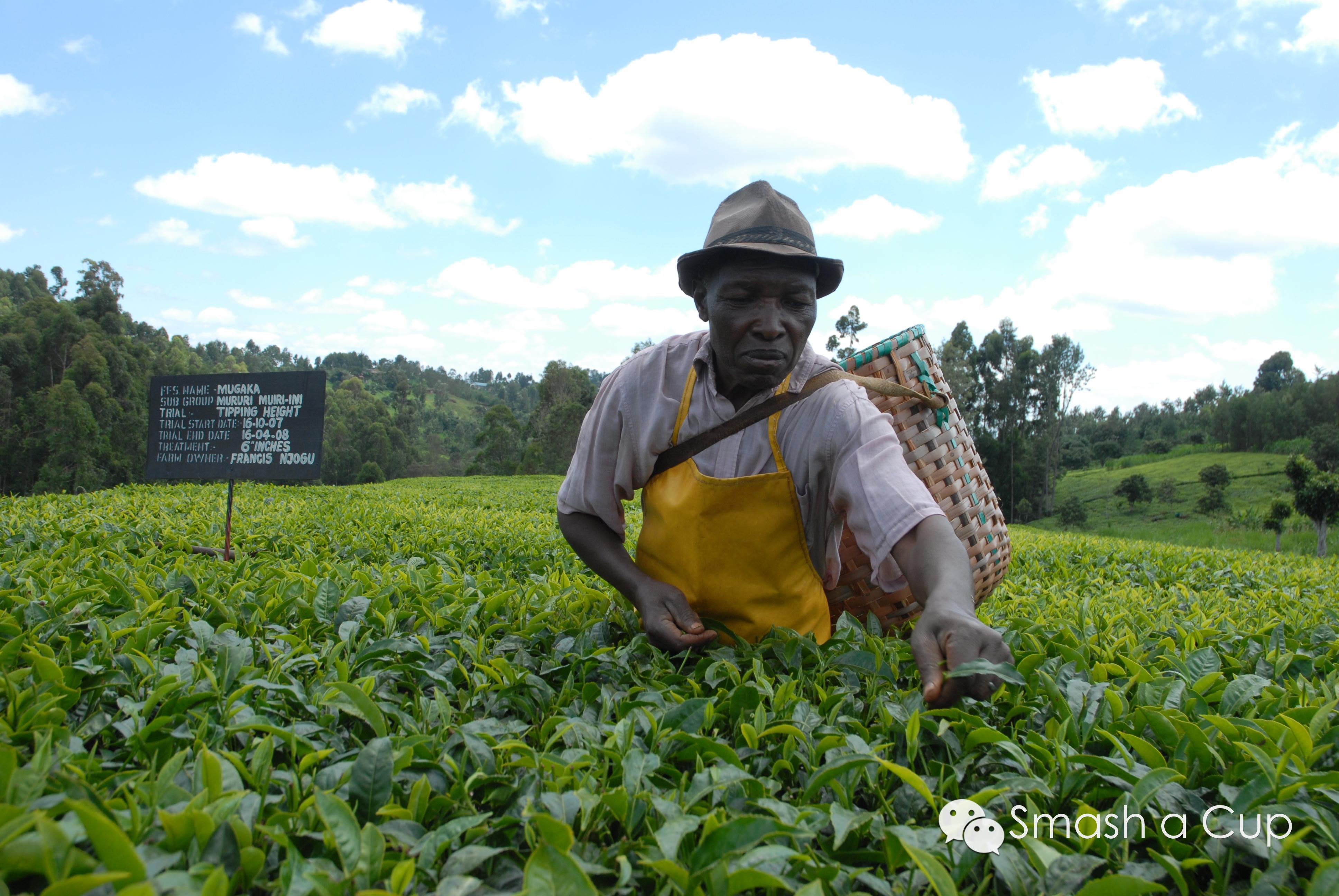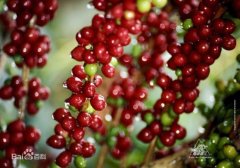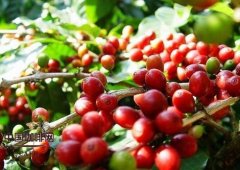About the treatment method: W2, H2, N2, traditional raw bean treatment, Ninety Plus.
Ninety Plus considers coffee to be a fruit in its own right, so its own proprietary processing methods are designated as (W2),(H2), and (N2) according to taste. When you understand traditional coffee processing, you will find that small adjustments can blur the distinction between them. For example, a little washing can be added at different stages of the dense-treatment process to achieve a lighter, brighter wash taste; by controlling the degree of fermentation of the pulp, a sun can be closer to the effect of a dense-treatment, or a dense-treatment can be more like a sun.
According to the influence of fruit flavor on taste during processing, it can be divided into W2, H2 and N2 from low to high. These three flavors can also be simply understood as processing methods: W2=WASH washing treatment;H2=Honey honey treatment;N2=NATURE sun treatment:
W2: Low fruit tone; emphasis on brightness, acidity, and floral fragrance.
H2: Moderate fruity tone; sweet, fruity (rather than fruity), and tea-like.
N2: High fruity notes; emphasis on bold, sour, jam and dried fruit flavors.

Important Notice :
前街咖啡 FrontStreet Coffee has moved to new addredd:
FrontStreet Coffee Address: 315,Donghua East Road,GuangZhou
Tel:020 38364473
- Prev

Ninety + Company Solkiln method to deal with the Gesha of Panamanian Manor (Heir)
Joseph Brodsky, the founder of Ninety +, discovered early that all the world's high-quality raw coffee beans originated in Ethiopia, and its different flavors of many different varieties are no less than 10, 000 grapes into 1 million different wines. Ninety percent of the raw beans come from the original varieties of Ethiopia, including Gesha of Manor Panama, which is also an Ethiopian heirloom (Heir).
- Next

Ruby treatment method jam and dried fruit flavor barista contest Sammy Pi
Ruby: the so-called ruby treatment is also a more difficult and extreme way of dealing with red. So that the red treatment of sweetness and fruit to the extreme, accidentally over will become a bad fermentation taste of the extremely bad areas. This method also requires a lot of manual screening.
Related
- Guji coffee producing area of Guji, Ethiopia: Humbela, Shakiso, Wulaga
- What is the most expensive variety of Qiloso in BOP multi-variety group?
- How to store the coffee beans bought home?
- Why are Yemeni coffee beans so rare now?
- Ethiopian Sidamo all Red Fruit Sun Sun Santa Vini Coffee beans
- SOE is mostly sour? What does it mean? Is it a single bean? what's the difference between it and Italian blending?
- Is Italian coffee beans suitable for making hand-brewed coffee?
- How to choose coffee beans when making cold coffee? What kind of coffee beans are suitable for making cold coffee?
- Just entered the pit to make coffee, what kind of coffee beans should be chosen?
- Can only Japan buy real Blue Mountain Coffee? What are authentic Jamaican Blue Mountain coffee beans?

